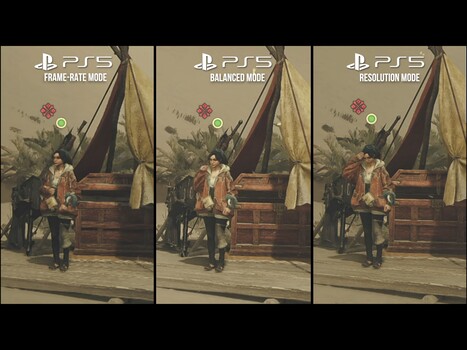The Monster Hunter Wilds open beta raised concerns over lackluster performance. Capcom reassured players that the tested build did not reflect more recent optimization. With reviews live, gamers know more about what to expect on the February 28 Monster Hunter Wilds release date. Digital Foundry has posted a detailed technical evaluation of the final PS5 and Xbox versions. The game's complex environments impress, but a lack of sharpness often gives them a last-gen feel.
While performance was mixed, Oliver Mackenzie praised the open-world feel of Monster Hunter Wilds. The maps' borders seem limitless, even compared to Monster Hunter: World. Thanks to a living ecosystem of creatures and plants, these settings are buzzing with activity. Animations also meet expectations with realistic movements from hunters and monsters.
Digital Foundry tested Monster Hunter Wilds in Prioritize Resolution, Balanced, and Prioritize Framerate modes. Framerate targets in each of these settings generally were met. The Framerate mode provided the smoothest experience, with an option for a 60fps cap. However, blurry textures might make players willing to play at 30fps or 40fps in the other modes.
Unfortunately, Monster Hunter Wilds doesn't reach its potential in terms of graphical fidelity. LFC (low framerate compensation) seems missing on the PS5, leading to occasional choppiness. Surprisingly, VRR fares better on the Xbox Series X, resulting in smoother rendering. Mackenzie also took issue with the game's uneven lighting effects. Objects appear vivid in direct sunlight, but maps too often look dim and grainy with odd-looking reflections.
Before buyers cancel pre-orders, Monster Hunter Wilds runs considerably better now than in the open beta. Even so, the game's massive worlds and detailed monsters may look less spectacular than some fans had hoped.




























